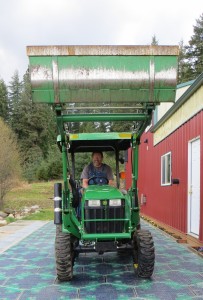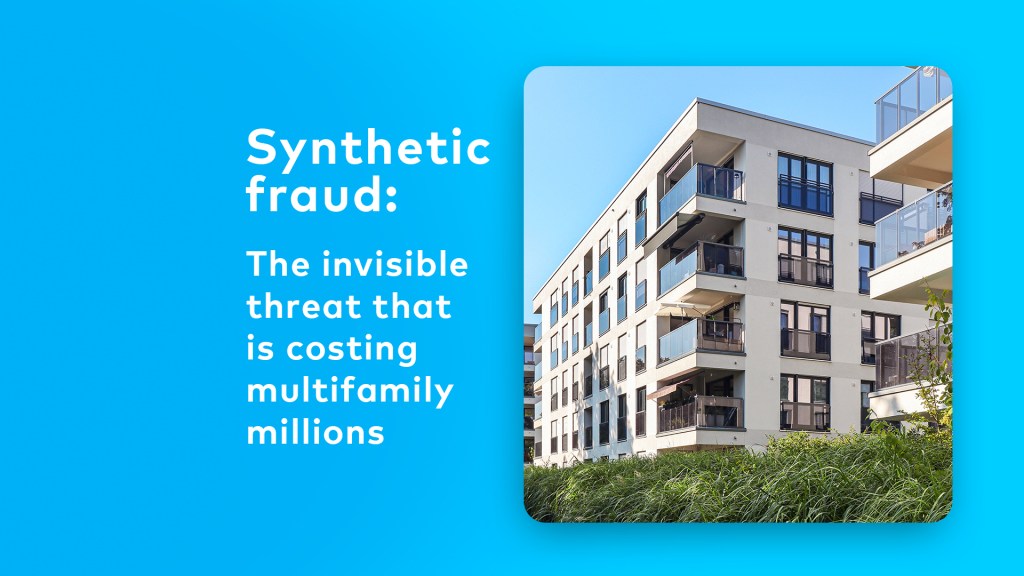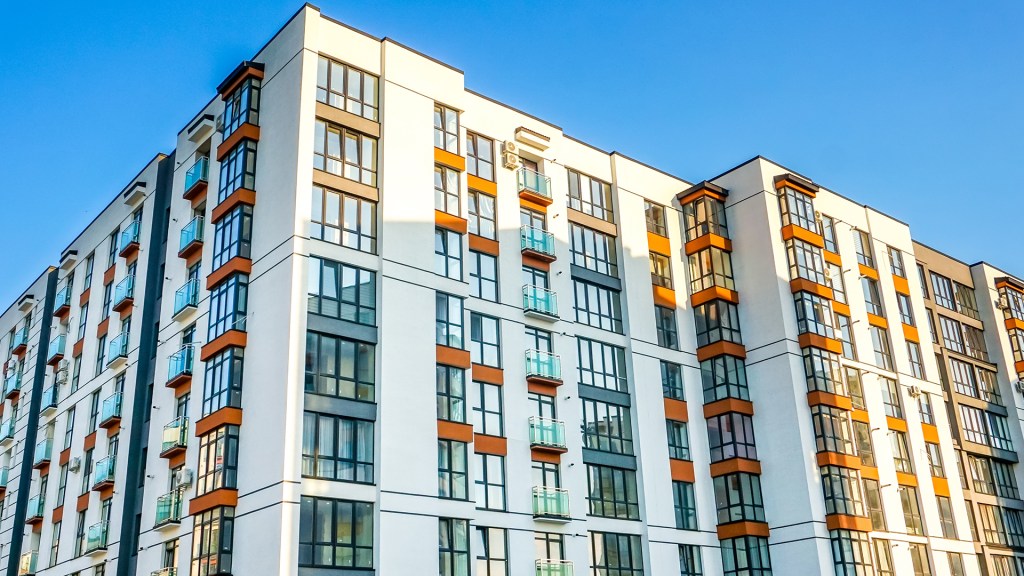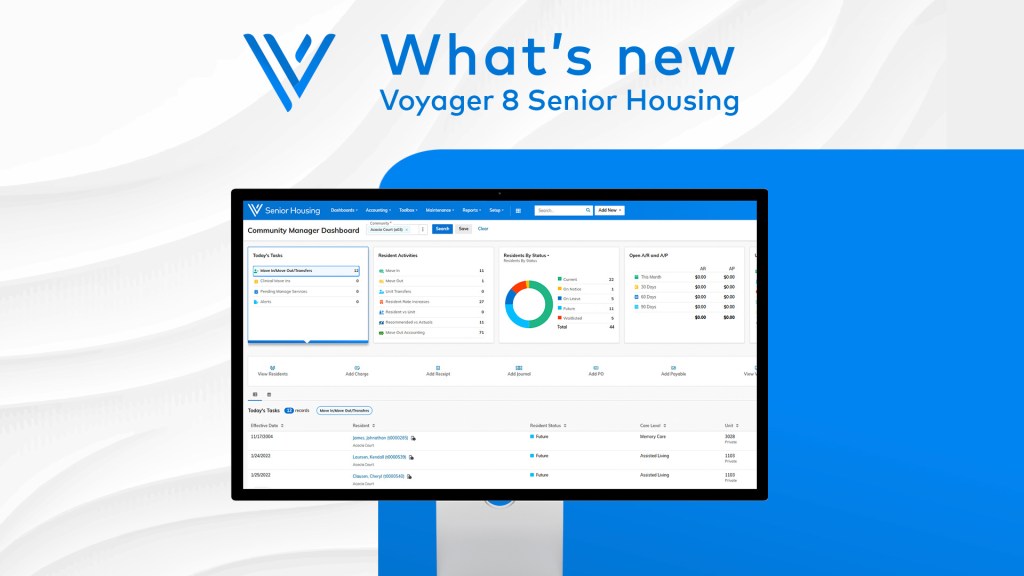By Anca Gagiuc on August 21, 2014 in Technology
If you ever played with electric slot cars as a kid, this idea may resonate. An inventive coupl e has reimagined the world’s roads as the source of solar/electric power for vehicles. Think the idea is out there? Read on to find out what they’ve envisioned.
e has reimagined the world’s roads as the source of solar/electric power for vehicles. Think the idea is out there? Read on to find out what they’ve envisioned.
With global warming in mind, Scott Brusaw (right, driving a tractor on a prototype parking lot built using the technology) and his wife Julie started working on the idea of replacing petroleum-based asphalt and concrete surfaces with a material that would capture solar energy. The hope was to find a way to reduce and eliminate coal-fired power plants. The result of their efforts is the Solar Roadways project.
The focus was on building solar panels that could be walked upon and driven on, essentially producing solar-powered cases containing photovoltaic cells, with an exterior strong enough to protect the sensitive electronics inside. These unique panes would also store the collected solar energy. They’d be used to re-pave the roads, or any surface that soaks in the sun all day long, and would need to have some fantastic features:
– to withstand the weight of an 18-wheeler;
– to melt ice and snow;
– to capture and send the extra energy to the cities.
The answer? Perhaps surprisingly: Glass. Tempered and laminated glass with textured surface to avoid sliding. Furthermore, these cases would have LEDs to illuminate road signage and to advice the driver to slow down on the portions with increased risks, as well as heating elements to withstand snow and ice.
Solar Roadways | Michéle Ohayon from Focus Forward Films on Vimeo.
This might seem unrealistic, but the idea has been taken seriously. It received awards and nominations from GE, the World Technology Award, Google and the IEEE Ace Awards, and Scott has spoken at TED, NASA, and Google Solve for X. In 2009 Julie and Scott received a contract from the Federal Highway Administration to start building the Solar Road Panel prototype. Once the first Phase was completed, a follow-up two-year phase two was awarded. The second phase will result in a prototype parking lot, where use testing will be conducted under all weather conditions.
Currently the project has a campaign on Indiegogo, aiming to raise $1 million to move Solar Roadways into production. Perhaps this futuristic roadway could really be in our future.


